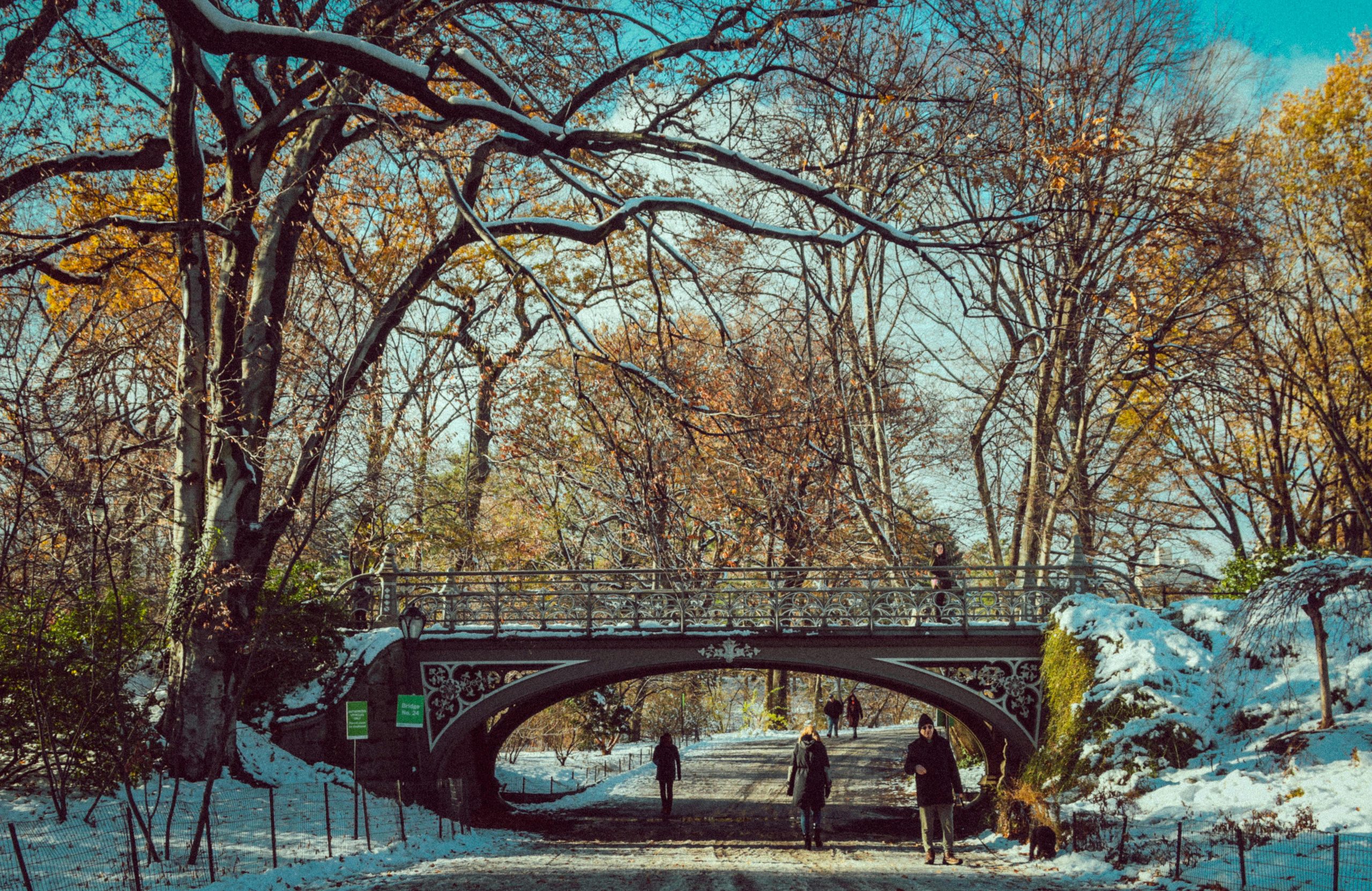Bracknell, located in Berkshire, was designated as a New Town in 1949 as part of the post-World War II development programme aimed at alleviating housing shortages and redistributing population from London. Prior to this designation, Bracknell was a small village, with its history tracing back to the Domesday Book. For families who lived there before it became a New Town, it would have been a community largely influenced by rural and agricultural activities, surrounded by countryside and known for its local markets and fairs. The transportation facilities and local amenities would have been quite limited compared to today’s standards.
In the 1950s and 1960s, Bracknell underwent significant changes as part of its New Town development, attracting many new residents. It was during this time that extensive housing estates and new infrastructure were developed. The town was designed to offer a modern living environment, with ample green spaces, efficient roadways, and incorporated industrial areas to create employment opportunities. For families moving there in this era, Bracknell presented a fresh start with more modern housing and amenities, a stark contrast to urban living in London at the time. New schools, shopping centres, and healthcare facilities aimed to provide a balanced and sustainable community, attracting a diverse population to the area.

This post beautifully highlights the transformation of Bracknell from a quaint village to a bustling New Town, a reflection of mid-20th century urban planning and social planning initiatives in the UK. One aspect that could be further explored is the socio-economic impact of such developments on the original residents versus the newcomers.
There are likely stories of both adaptation and resistance as long-time residents experienced the rapid changes in their community dynamics. Many may have cherished a slower-paced rural lifestyle, while others might have seen the benefits of improved infrastructure and economic opportunities that the New Town offered.
Another fascinating angle could be the evolution of Bracknell’s community identity over the decades. How have the newcomers integrated their cultures with the existing community? And how have local traditions or practices shifted as a result?
Engaging with residents’ memories and experiences could offer rich insights into the challenges and triumphs during this pivotal period. Ultimately, Bracknell’s journey reflects broader societal changes, and understanding these nuances can provide a deeper appreciation for its history and future trajectory.
What a fascinating exploration of Bracknell’s transformation from a quaint village to a bustling New Town! It’s interesting to consider not just the physical changes in infrastructure but also the sociocultural dynamics that accompanied this shift.
For many families relocating in the 1950s and 1960s, this move would have been a leap into a more modern way of life, characterized by greater access to amenities and job opportunities. It would be worthwhile to delve deeper into how these changes affected community ties and local identity. Were there initiatives that helped new residents integrate into the already established community, or did the influx create a distinct divide initially?
Additionally, examining how the character of Bracknell has evolved in subsequent decades can provide valuable insights into the long-term effects of such urban development. The balance between maintaining Bracknell’s historical roots while embracing innovation continues to be an ongoing conversation, particularly as urban areas face challenges related to sustainability and community cohesion today.
I’d love to hear from those whose families were part of this transition. What stories or memories do you have that highlight the contrasts between the old and new Bracknell?
Thank you for sharing such a comprehensive overview of Bracknell’s transformation from a rural village to a modern New Town. It’s fascinating to consider how urban planning and government initiatives post-WWII shaped communities like Bracknell—balancing the preservation of local history with the demands of a growing population.
I’m particularly intrigued by the social and cultural impacts this development had on early residents. For those who moved during the 1950s and 1960s, how did the shift from rural tranquility to a planned urban environment influence community identity and local traditions? Additionally, exploring personal stories from long-standing families versus newcomers could provide enriching insights into how the town’s identity evolved over those transformative decades.
It’s a reminder of how thoughtful urban planning can reinvent a community while still honoring its historical roots. Would love to hear more about the community fabric during that period and how residents, old and new, interacted as Bracknell developed into the vibrant town it is today.
Thank you for sharing such a detailed overview of Bracknell’s transformation from a rural village into a thriving New Town. It’s fascinating to consider how this development not only reshaped the physical landscape but also the community identity of the area. For families who moved there during the 1950s and 1960s, Bracknell must have represented a remarkable shift—offering modern conveniences, improved infrastructure, and new opportunities.
It’s also interesting to reflect on how the planning principles of the New Town movement aimed to create balanced communities, blending green spaces with functional urban living. This approach can serve as a valuable case study today, as we consider sustainable development and community-centric planning.
Would be great to hear personal stories or memories from those who experienced the town’s early days—such narratives could truly bring to life the social and cultural evolution of Bracknell over the decades.